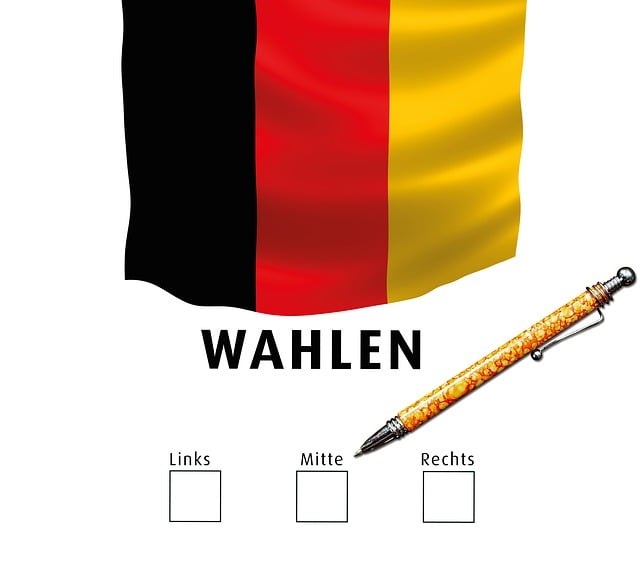Maintaining select buses through regular inspections and care of engines, transmission, brakes, suspension, and interior spaces is vital for optimal performance, safety, and passenger comfort. This includes accessible features and cleaning routines to meet modern transportation goals. Proper engine and tire management, along with efficient electrical systems, enhances efficiency, reduces costs, and ensures reliable service for diverse routes, catering to all passengers' needs.
“Enhance the longevity and safety of your select buses with our comprehensive guide on maintenance tips. From understanding crucial components like engines, tires, and electrical systems to implementing regular inspection routines, this article is your go-to resource. Learn optimal engine care practices for enhanced performance and efficiency, along with cost-efficient tire management strategies. Discover interior upkeep techniques for passenger satisfaction and troubleshoot common electrical issues. Master these bus maintenance essentials for a seamless, reliable fleet operation.”
- Understanding Bus Components: Key Areas for Maintenance
- Regular Inspection Routines: Keeping Buses in Top Shape
- Engine Care: Optimizing Performance and Efficiency
- Tire Management: Safety and Cost-Efficient Practices
- Interior Upkeep: Comfort and Passenger Satisfaction
- Electrical Systems: Troubleshooting Common Issues
Understanding Bus Components: Key Areas for Maintenance

Understanding Bus Components is a crucial step in ensuring proper maintenance of any vehicle, especially when it comes to select buses designed for nature tourism or pet-friendly routes. These vehicles are complex machines with several key areas that require regular attention. One such area is the engine, which is the heart of the bus and needs thorough inspection for optimal performance and fuel efficiency. Transmission systems, brakes, and suspension components are also critical; their maintenance directly impacts safety and passenger comfort during long trips.
Additionally, focusing on accessible bus stops and ensuring that all parts catering to these features are in good condition is essential. This includes wheelchair ramps, automated doors, and other adaptive technologies. Regular checks on lighting systems, air conditioning units, and audio-visual equipment enhance the overall passenger experience, especially for those relying on public transport for pet-friendly routes or accessibility needs. Such maintenance practices not only extend the lifespan of buses but also contribute to a smoother, safer, and more enjoyable travel experience for all passengers, aligning with the goals of modern transportation systems.
Regular Inspection Routines: Keeping Buses in Top Shape

Regular inspections are key to keeping buses in top shape and ensuring safe long distance bus travel or efficient hop-on hop-off bus services, whether it’s for airport bus reservations or local routes. A well-maintained bus can significantly reduce unexpected breakdowns, minimizing delays and ensuring passenger safety. These inspections should include checking key components like brakes, tires, lights, and steering mechanisms.
Furthermore, regular maintenance routines should encompass cleaning and disinfection, especially crucial in today’s environment with evolving transportation standards and regulations for bus parking areas. This includes not just the interior but also the exterior to prevent dirt buildup that could affect fuel efficiency or damage paintwork. Such meticulous care ensures buses remain reliable for daily operations, whether navigating bustling city streets or serving remote bus routes.
Engine Care: Optimizing Performance and Efficiency

Proper engine care is essential for ensuring optimal performance and efficiency in select buses, ultimately enhancing the overall bus journey planning experience. Regular maintenance, including timely oil changes and filter replacements, plays a pivotal role in preventing costly repairs and maximizing fuel economy. Additionally, keeping engine components like spark plugs and fuel injectors clean and well-maintained can significantly improve engine power and responsiveness.
For those relying on public transport, such as senior citizens seeking affordable travel options through discounts for the elderly, prioritizing bus engine care is even more crucial. Well-maintained engines contribute to smoother rides and reduced wait times, making bus journey planning more convenient and attractive. This, in turn, encourages the use of public transportation, promoting sustainable mobility solutions that cater to the needs of senior citizen transport.
Tire Management: Safety and Cost-Efficient Practices

Proper tire management is a cornerstone of efficient and safe bus operations. For select buses, implementing robust practices can significantly enhance both performance and cost-effectiveness. Regular tire inspections are paramount to identify signs of wear or damage early on, ensuring timely replacements or repairs. This proactive approach not only prevents unexpected breakdowns but also optimizes fuel efficiency.
Effective bus fleet management includes integrating tire monitoring systems that track pressure levels and tread conditions in real time. Moreover, adhering to recommended tire maintenance schedules and choosing the right tires for specific routes can further reduce operational costs. As electric bus technologies gain traction, regular checks on rubber components remain crucial, demonstrating a holistic approach to modern transportation solutions.
Interior Upkeep: Comfort and Passenger Satisfaction

Maintaining a clean and comfortable interior is key to enhancing passenger satisfaction on any Select Bus route, whether it’s for scenic bus routes or local transportation. Regular cleaning schedules should be in place to ensure the buses are free from dirt and debris, creating an inviting space for travelers. Focus on high-touch areas like seatbelts, door handles, and tables, as these are frequently used. Using eco-friendly cleaning products is a plus, especially for those who prioritize sustainable bus travel.
Creating an age-friendly environment is another aspect of interior upkeep. This involves ensuring sufficient legroom and headspace for all passengers, including the elderly or those with accessibility needs. Well-maintained seating that is easily adjustable can greatly enhance passenger comfort during longer bus travel with pets or for those with special requirements. Providing storage compartments and easy-to-reach amenities further contributes to a positive experience on second-hand coach purchases alike.
Electrical Systems: Troubleshooting Common Issues

Electrical systems are a crucial component of any bus, ensuring smooth operation and passenger safety. Regular maintenance is key to preventing common issues that can disrupt service. For select buses, especially those part of a managed fleet, routine checks should include inspecting battery health, testing lighting systems, and verifying the functionality of door controls and intercoms. A well-maintained electrical system prevents sudden failures during long distance bus travel, ensuring reliable schedules for both local and interstate routes.
When troubleshooting, pay close attention to fuses and circuit breakers, as they are often the first line of defense against power surges or short circuits. Regular replacement of worn components, such as wires and connectors, can prevent more serious electrical issues down the road. Proper bus fleet management incorporates these maintenance practices, contributing to both sustainable transportation and enhanced passenger experiences during long distance bus travel.
Regular bus maintenance is key to ensuring safe, efficient, and comfortable passenger experiences. By understanding the critical components, implementing structured inspection routines, and adopting best practices for engine care, tire management, interior upkeep, and electrical systems, fleet managers can extend vehicle lifespan, reduce downtime, and optimize route performance. When selecting buses, prioritizing these essential maintenance tips will help ensure a robust and reliable transportation network.
